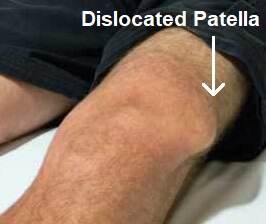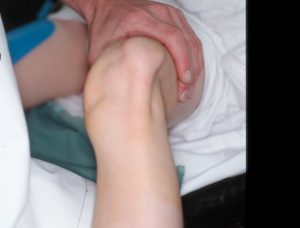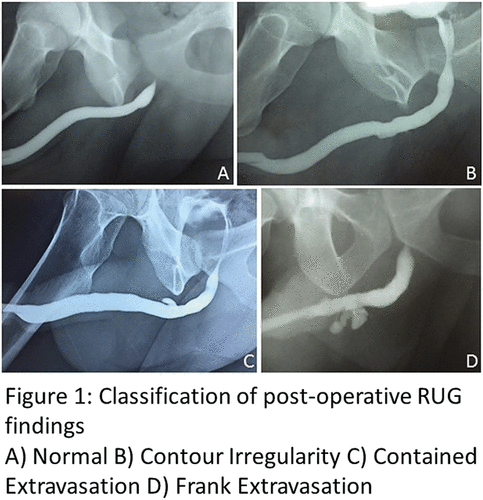Neck Trauma
Dr. McMurray
Zone 1: Clavicles to cricoid
- Highest mortality rate due to proximity to mediastinal structures
Zone 2: Cricoid cartilage to angle of mandible
- Most commonly injured
- Classically, zone II injuries undergo surgical exploration, zone I and III undergo further evaluation
Zone 3: angle of mandible to base of skull
Penetrating trauma:
- Has to penetrate the platysma which demarcates superficial from deep wounds
- Most common cause of immediate death is involvement of carotid artery
Hard signs of vascular injury:
- Hypotension
- Arterial bleeding
- Rapidly expanding hematoma
- Deficits (pulse/neuro)
- (bruit/thrill)
Hard signs of aerodigestive trauma:
Air bubbling, massive hemoptysis, respiratory distress
Soft signs
subQ air
dysphonia
dysphagia
Blunt Trauma
- Blunt vascular injury have up to 60% risk of stroke; if no operative intervention, consider ASA/Plavix/heparin etc
Denver Screening Criteria
- Used to screen for vertebral and carotid artery dissection and/or injury after blunt head/neck trauma
- CTA if 1 or more criteria present
- Reduces number of missed injuries to <5%
Strangulation
- Most common cause of death is neck vessel occlusion rather than airway obstruction
- Also can have laryngotracheal fx, C-spine injury
- If dyspnea, dysphonia, odynophagia, etc need laryngobronchoscopy
Ophthalmic Trauma
Dr. Nelson
Corneal abrasions:
- Richly innervated = very painful
- Short healing time 24-48 hours
- Common causes: mechanical trauma, foreign body, contact lenses, flash burns
- Clinical features: foreign body/gritty sensation, injection, tearing, relief with topical anesthetic, can also have photophobia and vision change
- Workup and diagnosis: eyelid exam with eversion, fluorescein exam looking for uptake
- Consider corneal ulceration in contact lens wearers
- Treatment: Removal of foreign body, PO/topical NSAIDs, abx (erythromycin in general population, fluoroquinolone drops in contact wearers for pseudomonal coverage)
- Ophtho follow up
Open globe:
- Full thickness disruption of sclera or cornea
- Clinical pictures: pain, decreased visual acuity, teardrop shaped pupil
- AVOID pressure on the eye = do NOT perform tonometry
- May have positive Seidel’s test on fluorescein exam
- CT orbit if concern for foreign body
- Management: urgent ophtho consult for repair, cover eye, elevate HOB, bed rest, tdap, abx
- If no foreign body, IV fluoroquinolone
- If foreign body, IV vanc+ceftaz
Eyelid Lacerations:
- Ophtho consult for repair:
- Lid margin
- Within 6-8mm of medial canthus
- Lacrimal duct/sac
- Inner surface of lid
- If ptosis is present
- Tarsal plate or levator palpebrae involvement
- Full thickness (through and through): high risk for ocular injury, eval for corneal lacs and globe rupture
- Partial thickness: most simple horizontal lacs can be repaired by ED physician, ends of sutures should be kept away from cornea to prevent further abrasion
- Lid margin lacerations: very small <1mm do not need repair and will heal spontaneously, if larger consult ophtho for repair
PEM Lecture-Abdominal Trauma:
Dr. Elmore
- Trauma is the most common cause of death in children from 1-18 years old in the US
- Blunt abd trauma accounts for more than 90% of childhood injuries
- It is the most unrecognized cause of fatal injuries
- Children are at greater risk due to immature skeleton and they have higher abd organ to body mass ratio
- Children are able to compensate in the face of significant blood loss
- Clinical prediction rule may rule out intraabdominal injury in blunt trauma
- No sign of abd wall injury
- No TTP
- No evidence thoracic wall trauma
- No abdominal pain
- No decrased bowel sounds
- No vomiting
- HDS but concern for intraabdominal injury if:
- Hct<30
- UA>5 RBCs
- AST>200,ALT>125
- Elevated lipase
- Low systolic BP
- Femur fx
- Spleen most commonly injured intraabdominal organ, liver second
- Pancreatic injury = classic “handlebar” injury from bike accident (also consider duodenal injury/hematoma with this mechanism)
- Hollow viscera injuries are rare, but most common causes are lap belt injuries, peds vs. auto, NAT (rapid acceleration/deceleration)
- As many as 50% of children with Chance fx have intra-abdominal injury such as duo perf, mesenteric disruption, transection of small bowel, panc injury, bladder rupture
- TEN-4 rule for NAT
- Bruising on torso, ears, or neck of child >4 years old
- Any bruising in an infant 4 months old or less
Small Group: Abdominal Trauma
Dr. Harmon
- Indications for immediate lap in penetrating abdominal trauma:
- Peritonitis (rigid abdominal wall, rebound tenderness)
- Hemodynamic instability
- Evisceration of abdominal contents
- Hematemesis or gross blood per rectum
- Literature varies widely on sensitivity of CT for bowel/mesenteric injuries
- CT findings that may indicate bowel injury:
- Stranding, bowel wall thickening, pneumoperitoneum
- Findings concerning for diaphragm injury:
- Elevated/blurred L hemidiaphragm, bowel sounds in chest, gastric bubble/air fluid level in chest, mediastinal shift away from affected side
- Gold standard for diagnosis of diaphragm injury is exploration in OR; cannot be ruled out by CT or CXR
Traumacology
Dr. Senn, PharmD

- Triad of trauma: hypothermia, coagulopathy, acidosis
- TXA for trauma patients:
- CRASH-2 trial compared TXA vs. placebo
- In hospital mortality within 4 weeks of injury
- Reduction in all cause mortality, greatest benefit SBP<75 and if given within 3 hours of initial injury
- MATTERS trial 1g TXA given, greater impact on those requiring MTP
- CRASH-2 trial compared TXA vs. placebo
- Take-home points for TXA: consider using in adult trauma patients with severe hemorrhagic shock (SBP<90), ideally <3h from injury
- Dosing: 1g over 10 min followed by 1g over 8h
- Trauma patients, hypocalcemia, and blood transfusion
- Twice mortality for those with iCal <0.9
- Calcium plays vital role in coagulopathy
- Consider administration 1g CaCl or 3g Ca gluconate when giving 3-4 PRBCs/FFP
![Room9er ["Room Niner"]:](https://room9er.com/wp-content/uploads/2020/03/cropped-Screen-Shot-2020-03-08-at-3.16.16-PM.png)




